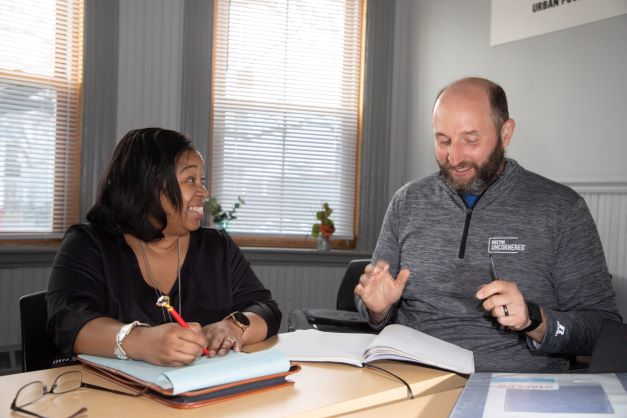Everyone who works in PR has been there. You have a great story about someone doing something important, but it is getting no attention from the media, despite your best efforts to pitch it.
When something bad happens – a shooting, an accident, a swastika found in a school – the media comes running. Where are they when you are offering them a story about someone trying to keep these things from happening? Why are problem stories more prevalent than solution stories?
Problem based stories get clicks and views. They are called “clickbait” for a reason. They evoke emotion and generate negative, but compelling images that are nearly impossible to ignore, like the proverbial car crash you can’t turn away from. There are scientific reasons why going negative gets attention. One study published by NCBI found that people are more psychologically activated by negative stories than by positive ones, since in some cases greater attention to negative information is advantageous for survival. In short: our brains are hardwired to seek negative information in order to avoid danger. For example, watching a weather report could help you avoid a hurricane or tornado.
Problem based stories are easier to execute. It’s more efficient to report a fire and move on than it is to track down what the cause of the fire was and what could have been done to prevent it. Some of this can be tracked back to math. With both media outlets and staffs shrinking exponentially to save money, there are fewer resources available to do a deep dive. Reporters are often called on to report several different stories each day while simultaneously cranking out social media posts. There often just isn’t enough time for them to roll up their sleeves, do research, and not only find but schedule interviews with multiple people, all while keeping an eye on the clock to make a deadline.
It’s incumbent upon PR professionals to make our solution-based stories so compelling, the media will see the value and invest the time and effort into doing them. Here’s how:
- Connect the problem with current events. Timing is everything when it comes to stories. Building a tie between an issue that is on people’s minds and the work of your client gives reporters a reason to devote the resources to do the story right now.
- State the solution clearly. Establish the connection between what the program is doing and how it addresses the problem it is designed to solve. Use clear, jargon-free language. If it’s hard to understand the logistics, reasoning, and strategy, it will not get the interest of a reporter.
- Provide proof it works. Statistics are a powerful tool to demonstrate impact. Include statistics with attribution to back up your ideas. Including these figures makes the job of the reporter easier and encourages them to share the evidence you want people to see and read.
- Include people in your pitch. Having a compelling personal story puts a face on your cause and adds emotion. Feature either one of the people who are doing the work or someone who was helped by the work.
There are many reasons to encourage reporters to do solution-based stories. Negative news affects your mood. If you find yourself feeling down after reading a buffet of stories about terrible things happening in the world, you are not alone. An article in Psychology Today says there is growing evidence that negative news coverage triggers feelings of anxiety, depression and stress. The article cited one study that found many people who watched media coverage of the 2013 bombing at the Boston Marathon experienced acute stress symptoms. Today, we get plenty of negative news about the war in Ukraine, COVID, inflation, and the climate crisis, just to name a few. Solution-based stories offer hope and the inspiration that comes from seeing the work of people devoted to changing lives for the better. Getting solution stories placed can raise the profile of an organization and build political, social, and most importantly financial support for a cause. It’s up to us in PR to not be discouraged, but to be strategic and keep trying to get solution-based stories the attention they deserve. Doing so is good for the organizations, and good for humanity overall. We all need more good news in our lives.


